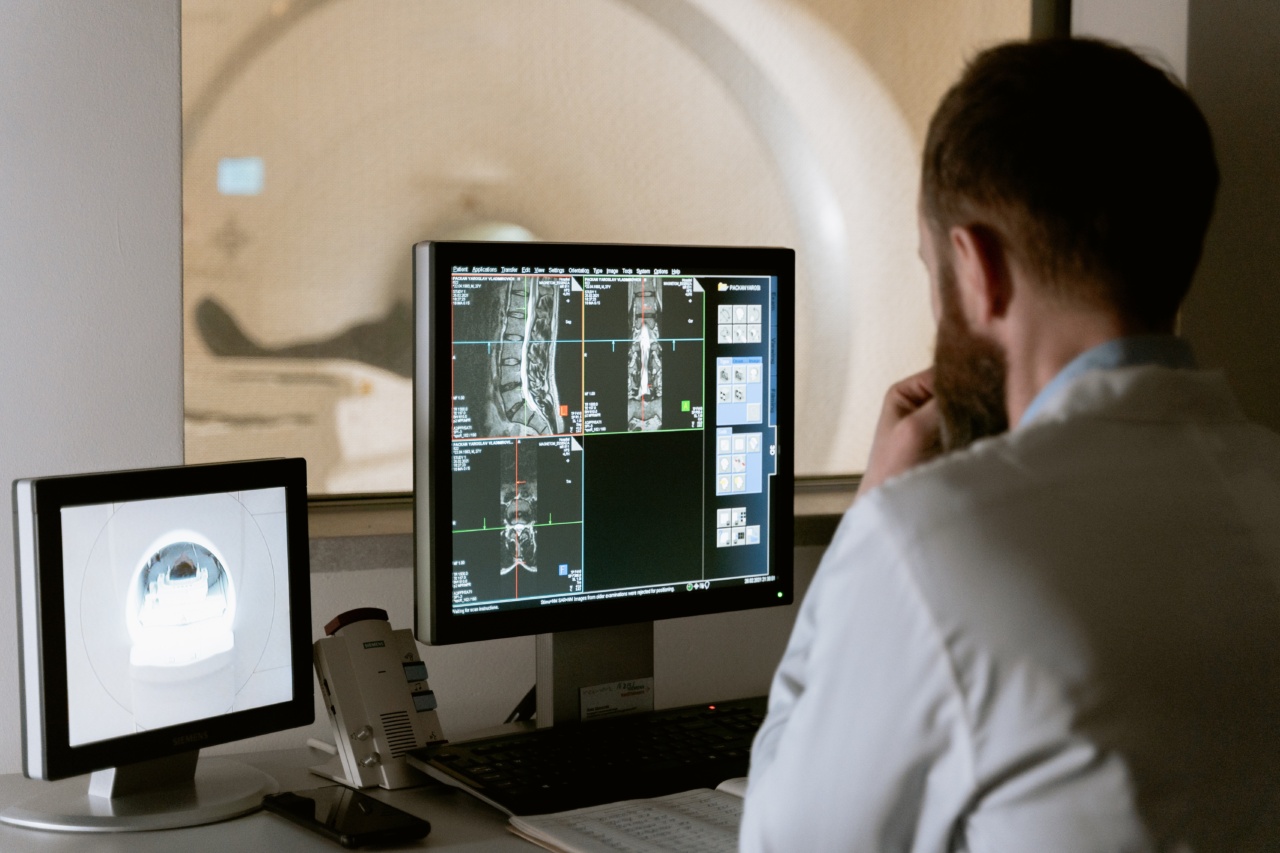As we age, it becomes increasingly important to take care of our bones to prevent the development of osteoporosis, a condition characterized by weak and brittle bones. Osteoporosis can lead to fractures and impact our quality of life.
However, by following these three easy steps, you can maintain healthy bone density and reduce the risk of osteoporosis:.
1. Consume a diet rich in calcium and vitamin D
Calcium is an essential nutrient for maintaining strong bones. Incorporate calcium-rich foods into your diet, such as dairy products (milk, cheese, and yogurt), leafy green vegetables (spinach, kale, and broccoli), and fortified cereals.
Additionally, vitamin D plays a crucial role in calcium absorption. Ensure you receive adequate vitamin D by spending time outdoors in sunlight or consuming foods like fatty fish (salmon and tuna), egg yolks, and fortified dairy products or cereals.
2. Engage in weight-bearing and muscle-strengthening exercises
Physical activity is vital for bone health, particularly weight-bearing and muscle-strengthening exercises.
These exercises include activities that support your own body weight through your feet and legs, such as walking, jogging, dancing, and climbing stairs. They help to build strong bones and promote bone density. Additionally, incorporate strength training exercises, such as lifting weights or using resistance bands, to stimulate bone growth and increase bone density.
3. Maintain a balanced and nutritious diet
Ensuring a balanced and nutritious diet is essential for overall health, including bone health. Include a variety of fruits, vegetables, whole grains, lean proteins, and healthy fats in your meals.
These foods provide the necessary vitamins and minerals for optimal bone density. Avoid excessive intake of foods high in salt and caffeine, as they can lead to calcium loss from bones. Limit alcohol consumption as it interferes with bone formation and increases the risk of fractures.
Additional tips for maintaining strong bones
In addition to the three main steps mentioned above, here are some other tips to consider:.
4. Get regular check-ups and bone density tests
Regular check-ups with your healthcare provider can help monitor your bone health and detect any potential issues early on.
They may recommend a bone density test, such as a dual-energy X-ray absorptiometry (DXA) scan, to assess your bone density and determine your risk of osteoporosis. Based on the results, your doctor can provide personalized advice and recommendations.
5. Avoid smoking and limit alcohol consumption
Smoking negatively affects bone health and increases the risk of fractures. It reduces blood supply to the bones, decreases calcium absorption, and impairs the production of bone-forming cells. Quitting smoking can significantly improve bone health.
Additionally, excessive alcohol consumption can weaken bones and increase the risk of fractures. Limit alcohol intake to promote strong and healthy bones.
6. Consider supplements, if necessary
In some cases, dietary changes may not be sufficient to meet the recommended daily intake of calcium and vitamin D. Your healthcare provider may recommend supplements to ensure adequate nutrient levels.
It is essential to consult with a healthcare professional before starting any supplements to determine the appropriate dosage and suitability for your specific needs.
7. Be cautious with certain medications
Some medications, such as corticosteroids and certain anticonvulsants, can negatively affect bone health.
If you are on long-term medication, discuss with your healthcare provider about potential bone health side effects and possible preventive measures to protect your bones.
8. Maintain a healthy body weight
Being underweight or overweight can impact bone density. Maintaining a healthy body weight through a balanced diet and regular exercise can positively contribute to your bone health.
Aim to achieve and maintain a weight that is appropriate for your height and body composition.
9. Fall-proof your living environment
Preventing falls is crucial to avoid fractures, especially in individuals with weakened bones. Make your living environment safe by removing tripping hazards, installing handrails, improving lighting, and using non-slip mats or rugs.
Regular exercise, particularly balance and coordination exercises, can also help reduce the risk of falls.
10. Educate yourself about osteoporosis
Knowledge is power when it comes to maintaining bone health. Educate yourself about osteoporosis, its risk factors, and preventive measures.
Stay informed about the latest research and advancements in osteoporosis prevention to make informed decisions about your bone health.
By following these three easy steps and incorporating additional tips into your lifestyle, you can promote high bone density and prevent the onset of osteoporosis.
Remember, it’s never too late to start taking care of your bones, and your future self will thank you for it!.































